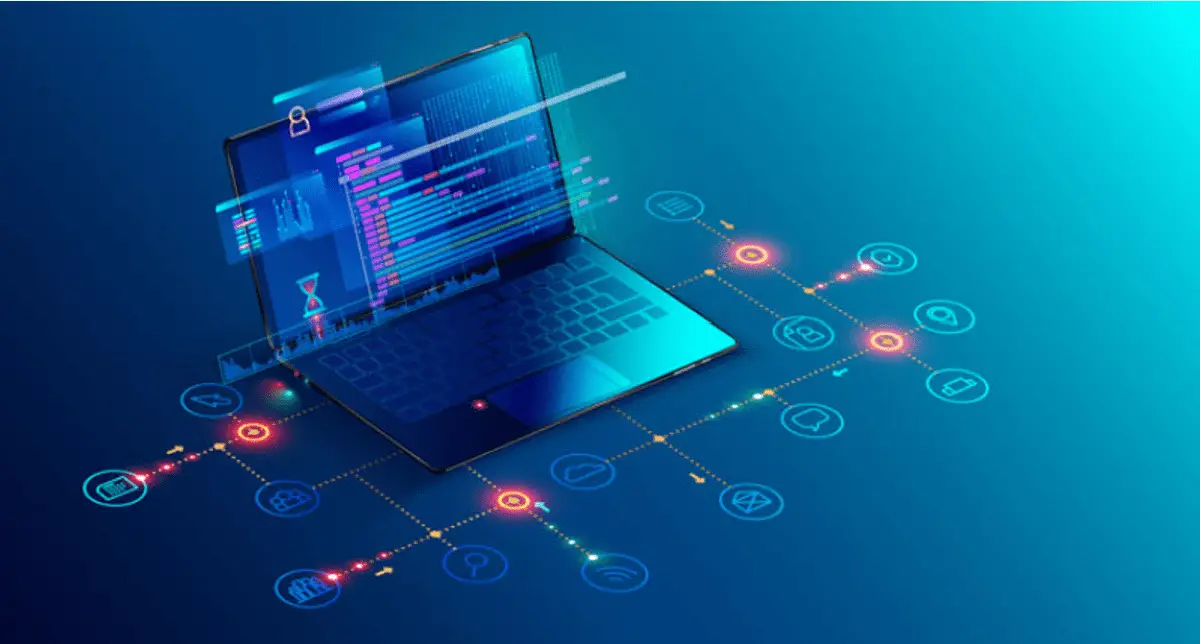
Dedicated software development is one of the emerging trends in the IT world. For cooperation to be fruitful, it is important not only to find a suitable performer but also to establish good communication with him. The interaction processes in the team and betwixt the client and the contractor largely depend on the chosen creating model.
The approaches differ from each other in how the stages of the software life cycle are interconnected within the development cycle. A good IT outsourcing company should be able to adapt to any model.
Practical advice
Let’s take a look at popular software lifecycle approaches or patterns.
Waterfall model
This software model is classified as a classic. Its essence lies in the sequential implementation of the life cycle stages: analysis, design, development, testing, release, and support. Each stage must be completed before starting a new one. It is difficult to imagine a project that could actually be carried out strictly consistently. Therefore, the model is often considered obsolete.
V-Model
It is focused on checking and testing a product in detail at the first stages of development. Already at the time developers write the code, testers write unit tests, that is, they begin testing in parallel with development. This approach is recommended if uninterrupted product functionality is critical to you and you have clear requirements.
Agile Model
In such a model, all life cycle stages are completed in one iteration and are ready for any changes. That is, your project is divided into sprints – periods of time over which the result should be obtained, usually from one to four weeks. Each sprint has its own list of tasks that must be completed by the end of the iteration, each of the tasks has its own grade of assessment.
RAD (incremental type)
This model is subdivided into several cycles that make up the software life cycle – multi-waterfall. Each cycle has its own modules that go through stages: first requirements definition, then design, after coding, testing, and implementation. It is worth using an incremental model only when the demands are crystal clear, at the same time it is possible to introduce additional features.
Methods to improve team efficiency
There is a certain set of actions of the leader, which leads to the improvement of the whole team’s work. We will share with you the simple principles of management and communication that will allow you to achieve the best results:
- Clear goals allow you to more accurately define the criteria for entry and exit in the development, conditions for product creation, and timing. Goal setting is important to determine the methodology and communication methods.
- A well-established workflow allows you to minimize unnecessary actions and shorten the project lead time. To establish a workflow, it is important to decide on a development strategy and draw up a plan.
- A productive work environment means partnerships are established among all members of the team. It is also important that nothing outside distracts the team. Tasks from another department that are not related to development and testing will greatly slow down the process and provoke errors.
- Support from the management of each team member is a very important part of the motivation. When an employee realizes that his efforts are seen and appreciated, he tries to work even better. Of course, we are talking not only about moral, but also material motivation.
We also want to note that sometimes it is easier and cheaper to hire outsourcing specialists. Do not consider this a defeat or admission that your team is incompetent. On the contrary, to develop the business and the general well-being of the entire company, you make a strategically correct decision.